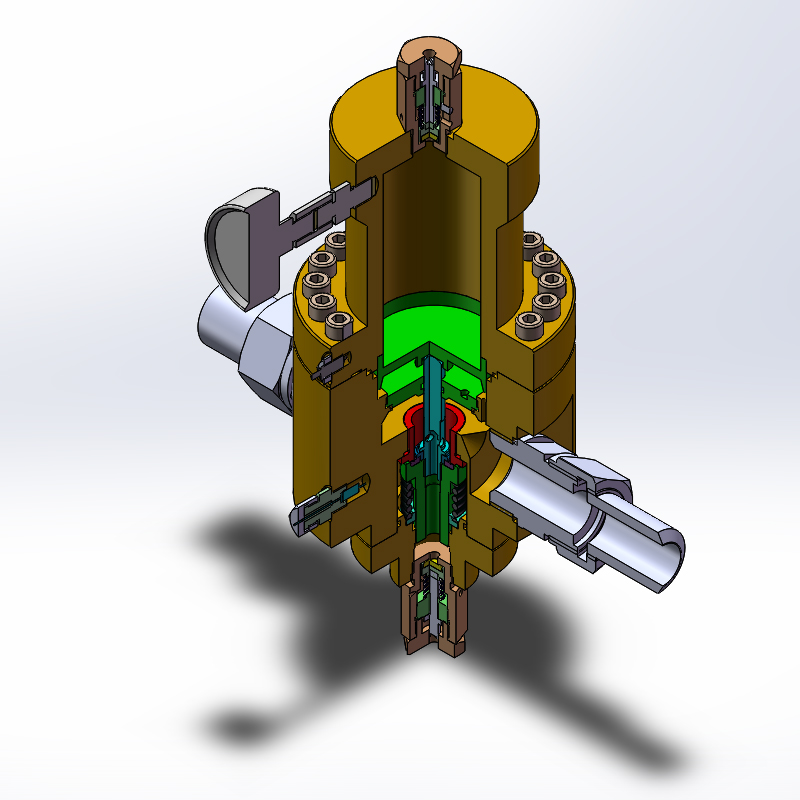
Oct . 14, 2024 04:03
Back to list
gas regulator
Understanding Gas Regulators An Essential Component in Gas Systems
Gas regulators play a critical role in various applications involving gases, from industrial settings to residential use. They are devices that automatically control the pressure of gas flowing from a source, such as a tank or pipeline, to a burner or other downstream equipment. This regulation is vital for ensuring safety, efficiency, and proper functioning in gas systems.
At the core of a gas regulator’s function is its ability to maintain a consistent output pressure, regardless of fluctuations in the inlet pressure or flow rate. Gas sources can vary greatly in pressure due to changes in temperature, volume, or supply conditions. Without a regulator, these variations could lead to inefficient combustion, equipment damage, or even hazardous situations, such as gas leaks or explosions.
The operation of a gas regulator is relatively straightforward. It typically consists of a diaphragm, springs, and output adjustment mechanisms. When gas enters the regulator, it acts on the diaphragm, which moves in response to changes in pressure. If the outlet pressure exceeds the desired level, the diaphragm will close, restricting gas flow until the pressure drops to the recommended level. Conversely, if the output pressure falls below normal, the diaphragm opens, allowing more gas to flow through. This automatic adjustment ensures a stable delivery pressure to the end user.
gas regulator

Gas regulators are categorized into different types, such as first-stage and second-stage regulators. First-stage regulators reduce high inlet pressures from gas tanks to a more manageable level. Second-stage regulators fine-tune this pressure further to ensure precise delivery to the appliances. This hierarchical regulation is crucial for systems that require strict pressure management, like those in commercial kitchens or industrial processing facilities.
In addition to their functional significance, gas regulators also contribute to the overall safety of gas systems. Many regulators are equipped with safety features like relief valves, which prevent over-pressurization by venting excess gas. Regular maintenance and inspection of these devices are essential to ensure that they are functioning correctly and to prevent potential risks.
In conclusion, gas regulators are indispensable components in the safe and efficient handling of gas. They not only protect equipment and enhance performance but also play a vital role in safeguarding users and the environment. Understanding the importance of these devices can lead to better management of gas systems and improved safety outcomes for everyone involved.
Latest news
-
Safety Valve Spring-Loaded Design Overpressure ProtectionNewsJul.25,2025
-
Precision Voltage Regulator AC5 Accuracy Grade PerformanceNewsJul.25,2025
-
Natural Gas Pressure Regulating Skid Industrial Pipeline ApplicationsNewsJul.25,2025
-
Natural Gas Filter Stainless Steel Mesh Element DesignNewsJul.25,2025
-
Gas Pressure Regulator Valve Direct-Acting Spring-Loaded DesignNewsJul.25,2025
-
Decompression Equipment Multi-Stage Heat Exchange System DesignNewsJul.25,2025

